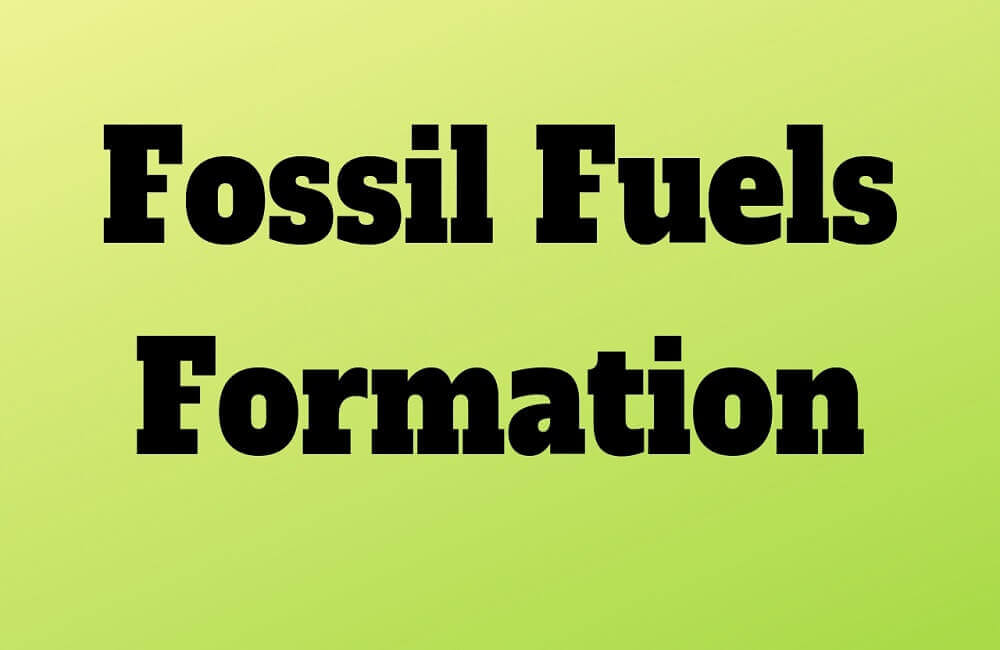
Hello, young readers! In today’s lesson, we’ll learn about the formation of three main types of fossil fuels- petroleum, gas, and coal. So stay tuned to learn how are fossil fuels formed. I’m sure you’ll enjoy it!
What Are Fossil Fuels?
Fossil fuels are hydrocarbons, namely, petroleum, coal, and natural gas, formed from buried combustible geologic deposits of organic and natural materials. They are created from decayed animals and plants that convert into coal, crude oil, or heavy oil due to constant exposure to pressure and heat in the earth’s crust. As the name suggests, these fuels are found under the earth. However, the term also includes hydrocarbon-containing fuels that are not derived from plant or animal sources. These are also known as mineral fuels (1)
Fossil fuels have aided the development of large-scale industries in the United States (2) and several other countries. And its usage is only increasing with every passing decade. See the graph below:
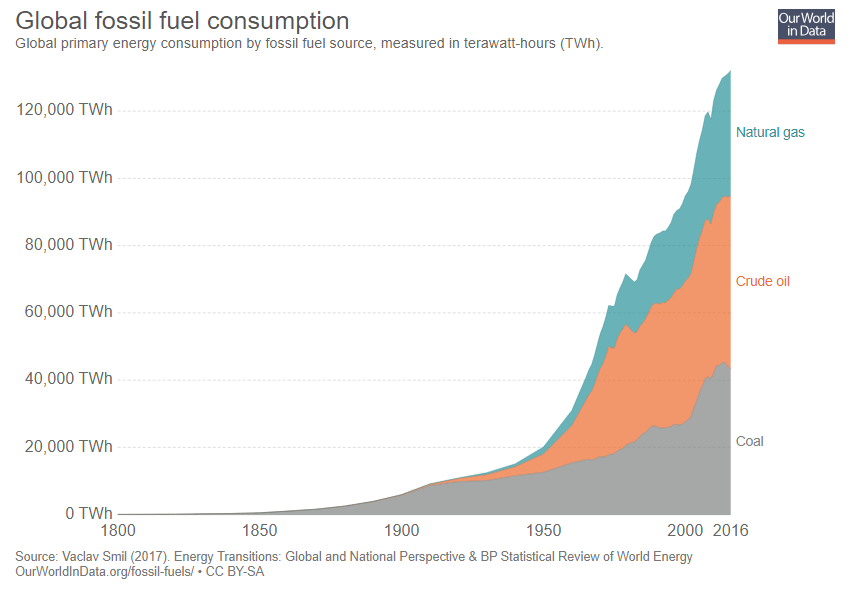
What Is Fossil Fuel Formation:
Fossil fuel formation refers to the process that takes place in millions of years to produce fossil fuels such as natural gas, oil, and coal. Like mentioned before, these fuels begin as organic materials, but transform over time due to pressure, sediment, and temperature, with different conditions resulting in a different type of fossil fuels.
Types Of Fossil Fuel Formation:
There are three main types of fossil fuel formation- oil formation, coal formation, and natural gas formation.
What Is Petroleum Or Oil?
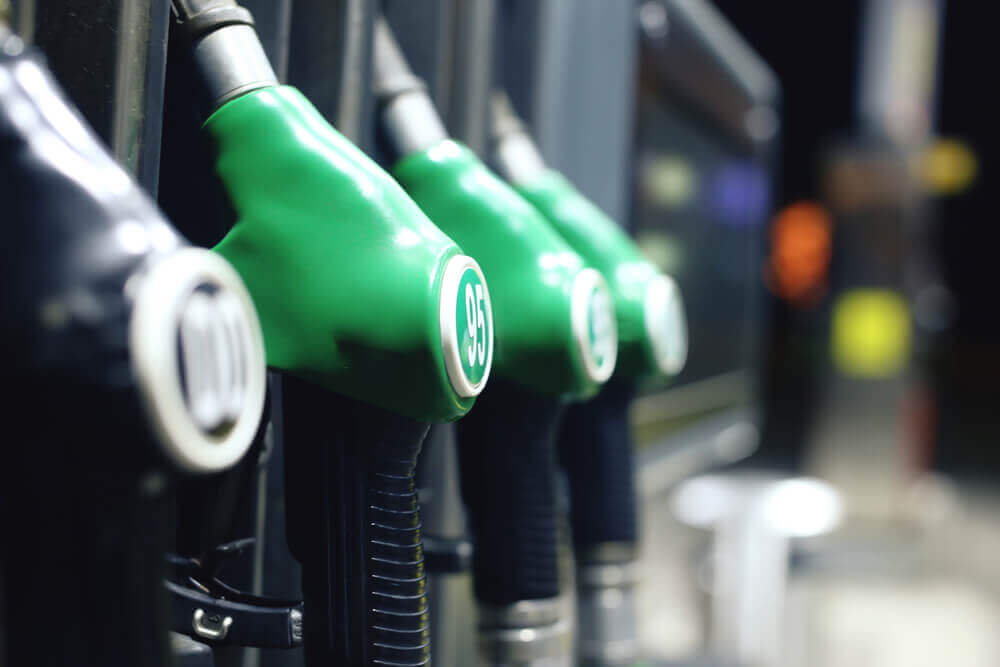
Petroleum, commonly known as oil, is a liquid found underground. It can either be thin as water or thick and black as tar. Petroleum is called a fossil fuel because it’s made from the remains of animals and tiny sea plants and its energy is derived directly from the sun.
Since petroleum has a lot of energy, it is turned into different kinds of fuels, such as kerosene, gasoline, and heating oil. Even inks and plastics are made from petroleum.
Today, we are so much dependent on petroleum that the world would literally come to stop without it. All kinds of transportations, such as cars, trucks, railways, airplanes are powered by fuel derived from petroleum. Even factories use oil to make medicines, paints, plastics, and soaps.
How Is Oil Formed?
Oil, also referred to as petroleum, is formed from the deep burial and decomposition of dead plants and animals. Since there is no oxygen underneath, heat and pressure change the decayed and decomposed materials into crude oil.
All the traditional oil reserves have formed in the same way, but the oil sands form slightly differently. Even the shale oil forms in a unique reserve from kerogen trapped inside low permeability shale (3)
What Is Natural Gas?
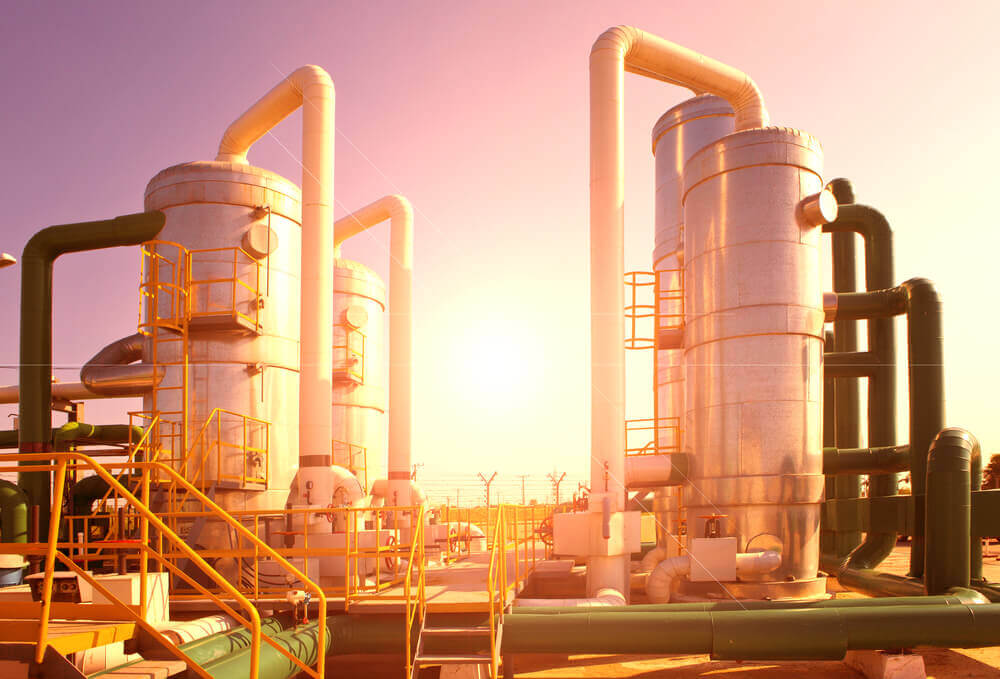
Natural gas, just like air, is a mixture of gases that you can’t smell, taste, or see. But unlike air, natural gasses have a lot of energy, which people burn to make heat. Almost everyone in the world uses natural gases. Factories burn natural gases to make cement, paper, plastics, fertilizers, glues, and more. Several houses and even schools and hospitals use natural gas for heating. Power plants burn natural gas to make electricity and now it is even used to run buses, trucks, and cars.
How Is Natural Gas Formed?
Millions of years ago, when the remains of plants and animals decayed beneath the thick layers, heat and pressure changed some of it to oil and coal. However, some of it was trapped as a pocket of gases and came to be known as natural gas.
All traditional natural gas reserves have formed in the same way, except shale and tight gas. Tight gas forms inside rocks with extremely low permeability, such as sandstone or limestone while shale is trapped with the shale formations.
What Is Coal?
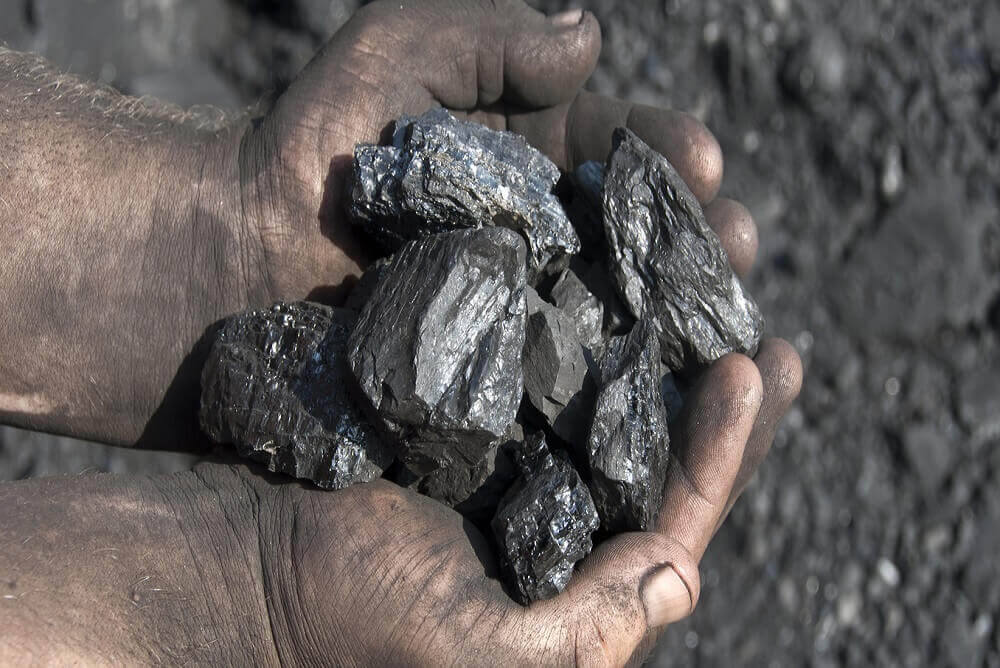
Coals, shiny black rocks, still used for cooking in some Indian households, generate heat and light energy when burned. It is called a fossil fuel because it was and is obtained from plants that were still alive. People started using coals way back in the 1880s to warm their houses in winter. Ships and trains used coal for fuel and factories used coal to make steel and iron. Even Native Americans used coals to make pots. Today, coals are used to make electricity.
How Is Coal Formed?
Coal, a type of fossil fuel, was formed millions and millions of years ago from the remains of animals and plants submerged underwater. Back in those times, the earth was covered by huge swaps filled with ferns and plants. When plants died, they sank to the swamp floor and changed into peat. Buried below the layers of sediment, peat took millions of years to turn into coal. We will tell you how! With time, the high temperature and pressure forced gases and water out of peat and it gradually hardened to turn into lignite, followed by sub-bituminous coal, bituminous coal and then anthracite. So the coal that we use today is hundreds of million years old.
How Is Coal Transformed Into Electricity?
Coals are used for several things, including generating electricity. When coal is combusted, it gets extremely hot and the heat makes the water turn into steam. The steam then moves through the air, thereby turning the propellers of the turbine, a machine. The turbine is then collected to a generator, through which the electricity is generated. The electricity then moves through a transformer, which then increases the electrical power. The same electricity reaches our homes or school from the power plant through power lines.
Since fossil fuels take millions of years to form, they are not considered renewable sources of energy. Yet, several countries rely heavily on it. If consumed at the same pace, there will come a time when we won’t have much of fossil fuels left. Furthermore, the burning of fossil fuels emits a huge amount of carbon dioxide, a greenhouse gas that contributes to global warming and allows reactive forcing. So we must use these energy sources judiciously and develop alternative fuels and sources to meet the current and future energy needs.
You May Also Like To Read:
- Mesozoic Era: Definition, Facts, Timeline, Plants, Animals, And How It Ended
- Paleolithic Age: Definition, Timeline, Facts, Lifestyle, Culture, Tools, Achievements
- Paleozoic Era: Definition, Facts, Timeline, Climate And Animals
